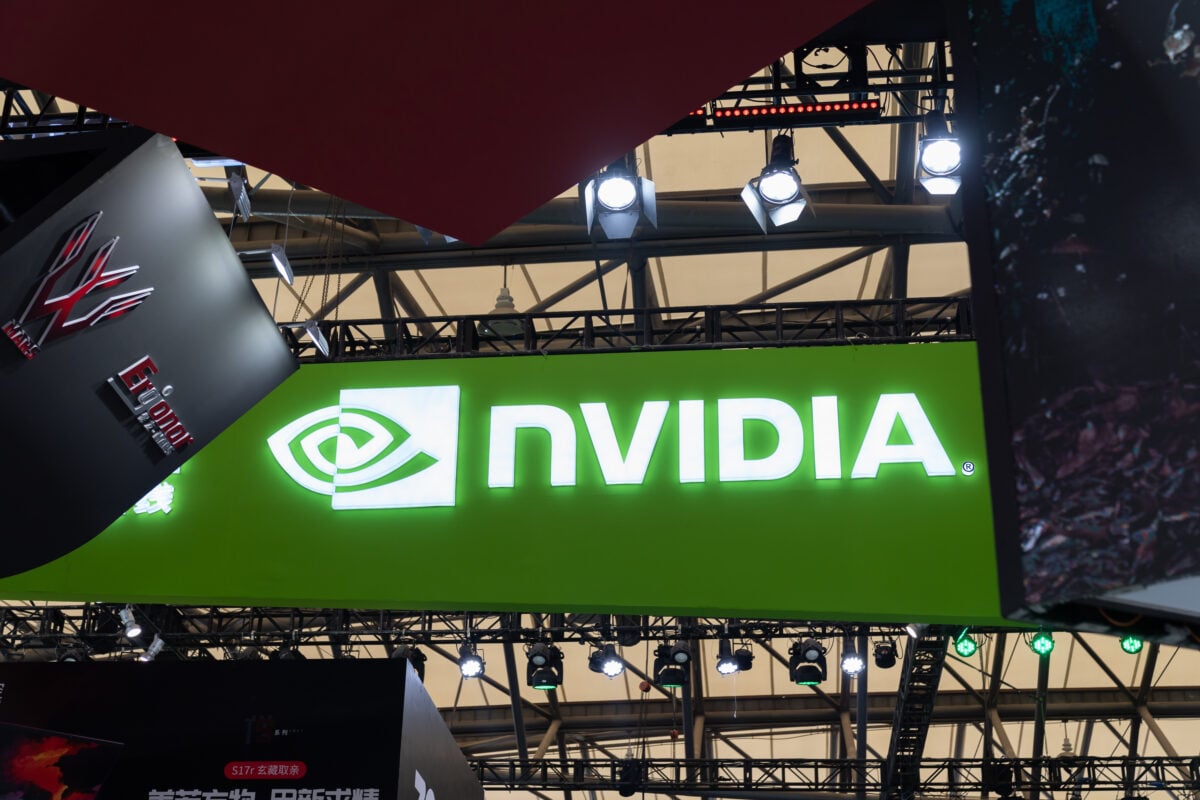The announcement that a major institution is acquiring XRP Tundra has reshaped the project’s trajectory and the broader staking conversation. The takeover brought a confirmed December 15 launch and tier-1 exchange commitments. It also introduced a strict 48-hour retail window during which tokens sell at $0.01 before institutional pricing takes effect.
For a community long denied credible high-yield infrastructure, the shift has triggered a rush to understand how Tundra works. People wish to learn how it compares to established staking ecosystems.
This moment arrives as staking becomes the dominant yield strategy across crypto. Investors are re-evaluating native ETH staking, Solana delegation, Cardano pools, centralized exchange staking, and liquid staking protocols. At the exact moment a revenue-backed, cross-chain, XRPL-aligned platform enters its institutional phase. XRP Tundra is no longer just a presale curiosity. It is a contender for the first legitimate DeFi layer that the XRP Ledger has.
How Do Mainstream Staking Platforms Perform Today?
Native staking systems offer stability but rarely exceed moderate returns. Ethereum’s validator yield sits near 3–4% APY, a reflection of its mature monetary policy rather than a lack of demand. Solana delegation performs slightly better, averaging 6–7.5% APY depending on validator quality and network load. Cardano stake pools remain consistent at 3–4% APY but struggle to deliver upside beyond their protocol-determined limits.
Centralized staking through Binance or Coinbase lowers the barrier to entry but introduces custodial exposure and reduced returns. Binance fluctuates between 1–6%, while Coinbase typically lands in the 1–5% range after commissions. Meanwhile, liquid staking protocols such as Lido and Rocket Pool expand accessibility while still maintaining a 3–7% band. Lido tracks ETH base yield through stETH. The Rocket Pool’s model sometimes produces even lower returns due to its internal token dynamics.
Across the industry, staking yields largely converge around a ceiling of 3–7.5%. This range is increasingly inadequate for investors seeking high-performance DeFi.
Why XRP Tundra’s Model Has Become the Focus of Institutional Capital?
The reason institutional accumulation has begun now is simple: XRP Tundra introduces a sustainable, revenue-driven yield model serving one of crypto’s largest and most loyal communities. The Cryo Vault system allows XRP holders to earn between 8% and 20% APY depending on lock duration. However, crucially, these yields are not subsidized by inflation. Both TUNDRA-S and TUNDRA-X have hard-capped supplies. Rewards come exclusively from protocol revenue the ecosystem generates.
All fees from swaps, derivatives, lending products, cross-chain execution, and future GlacierChain activity accumulate in real time. Frost Key NFTs contribute additional inflows through mint revenue. Besides, the platform uses a portion of protocol fees to buy and permanently lock TUNDRA-X into the governance treasury.
There is no mint function, no hidden emission schedule, and no mechanism allowing supply expansion to fake APY. When activity increases, yields rise. When activity cools, yields naturally adjust, mirroring the mechanics that transformed GMX and Gains Network into blue-chip revenue protocols.
This is the model XRP holders were denied for years while scam staking schemes inflated worthless tokens around them. Now, with institutional backing validating the engineering, the launch accelerates. Moreover, the last $0.01 allocation becomes the final retail entry point before Tundra’s price, supply, and governance dynamics transition permanently to institutional structure.
The Cross-Chain Thesis Powering Tundra’s Bull Case
XRP Tundra’s dual-token system has become central to the bullish outlook shared by analysts following the takeover. TUNDRA-S operates on Solana, providing the execution engine for high-speed DeFi, while TUNDRA-X anchors governance and reserves on the XRP Ledger. Together, they form a cross-chain loop that positions Tundra as the native DeFi layer the XRPL has lacked for a decade.
In the strongest 2026 scenario, the XRP community migrates into Cryo Vaults and Frost Key systems at scale, pushing TVL into nine or ten figures within weeks. Regulatory clarity, potential ETF inflows, Ripple ODL growth, and the XRPL EVM sidechain propel XRP back into top-five territory.
TUNDRA-X gains authority as the governance asset for the future GlacierChain L2, and the supply shock created by long-term staking, treasury accumulation, institutional wallets, and burns produces aggressive price discovery. The result is a platform launching at $2.50 for TUNDRA-S and $1.25 for TUNDRA-X that could realistically see 10–50x expansion in its opening months.
Token Empire’s coverage highlighted that institutions almost never permit retail access at legacy presale pricing once an acquisition begins. It reinforces how unusual and time-limited the current window is.
Security, Launch Protection, and the Role of DAMM V2
Institutions approved the accelerated timeline because the platform’s verification stack is already complete. Cyberscope, Solidproof, and FreshCoins have audited all contracts, and Vital Block has fully KYC-verified the team. Everything is open-source, locked, immutable, and free of mint keys or administrative control.
Liquidity protection is equally advanced. XRP Tundra deploys Meteora’s DAMM V2 system to slow early volatility, increase bot costs, and create natural price discovery through dynamic fee curves, concentrated liquidity, and NFT-based LP positions. This approach stands in contrast to static-fee pools used on platforms like Lido or centralized exchange staking, which offer no comparable protection.
The combination of institutional backing, verified security, and engineered liquidity creates a launch profile that conventional staking platforms cannot replicate.
How Institutional Acquisition Reshapes Retail Access?
With the December 15 launch locked, institutional control expanding, and the revenue-backed staking model now validated, the $0.01 tranche represents the last retail opportunity before the ecosystem enters its next phase.
The pricing works as a cut-off point: once this allocation concludes, the token structure transitions to an institution-governed framework where entry prices reflect negotiated valuations, listing requirements, and liquidity conditions set collaboratively with exchanges. For retail investors, this marks the final moment where early access aligns fully with growth potential, governance influence, and long-term yield capacity.
Review the final allocation details, staking architecture, and launch disclosures here:
Buy Tundra Now: official XRP Tundra website
How to Buy Tundra: step-by-step guide
Security and Trust: SolidProof audit
Source: https://www.thecoinrepublic.com/2025/11/22/comparing-best-crypto-staking-platforms-why-xrp-tundra-leads-in-security-returns/


